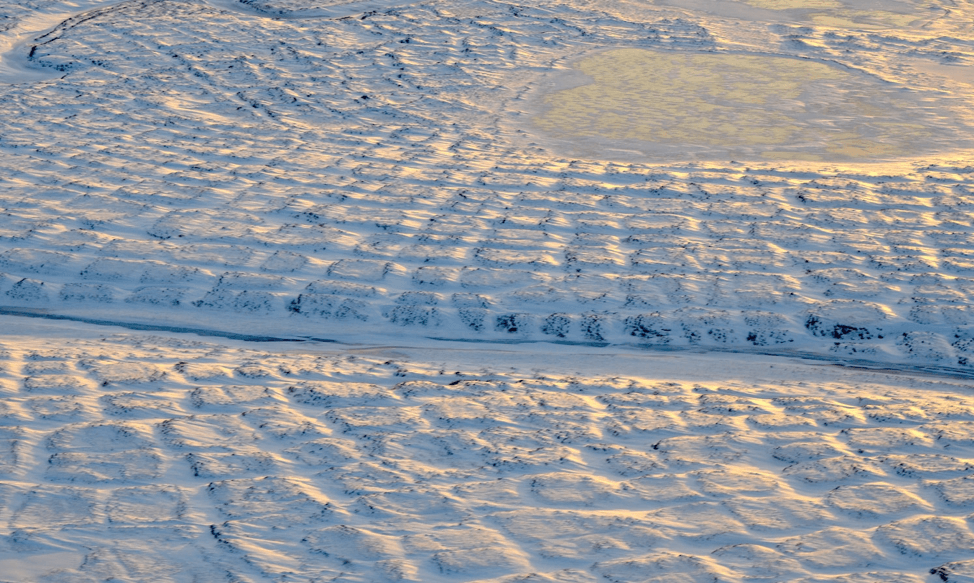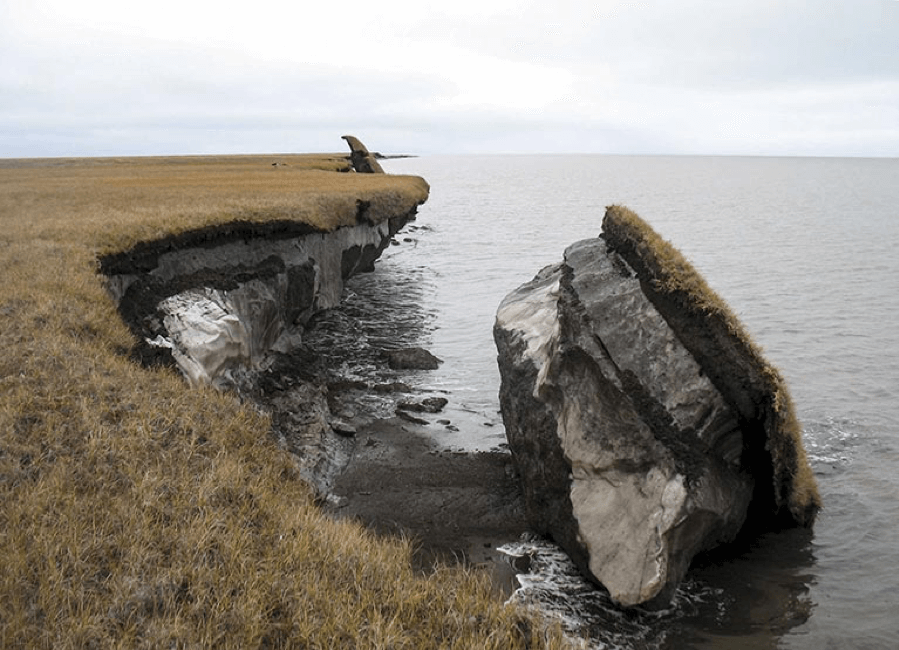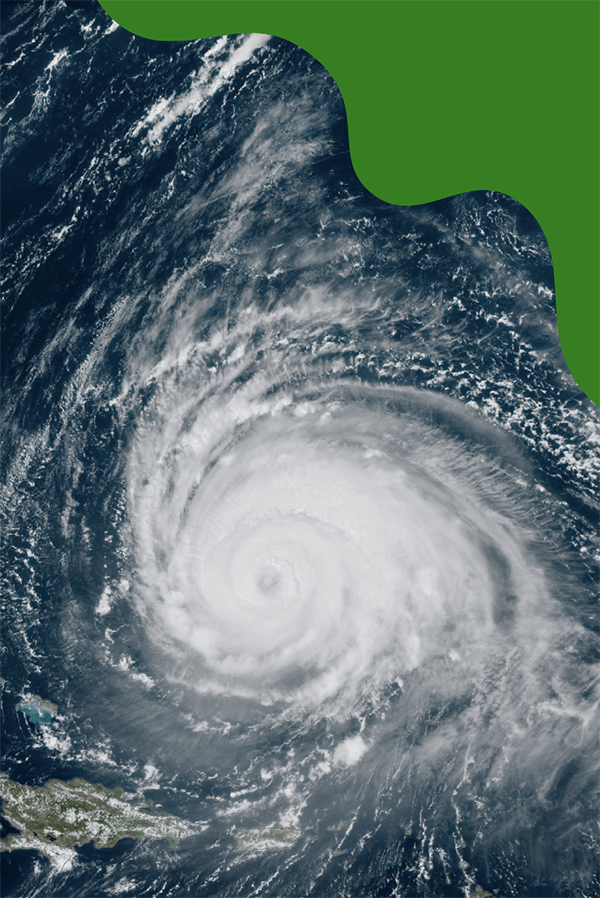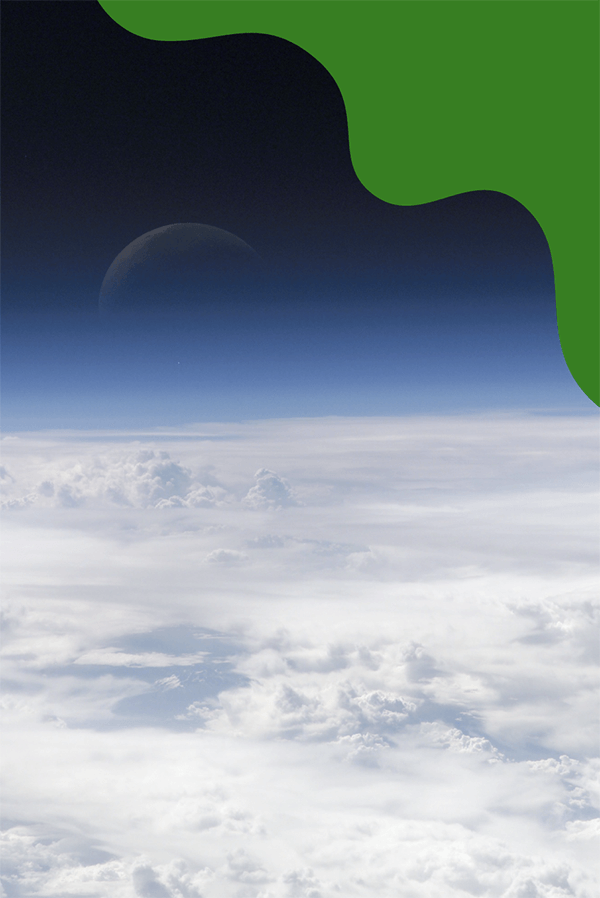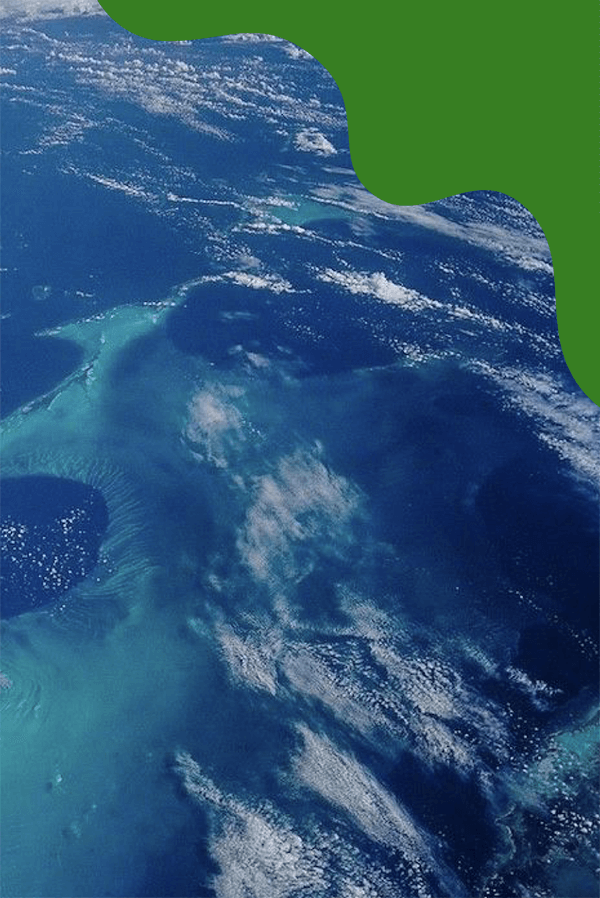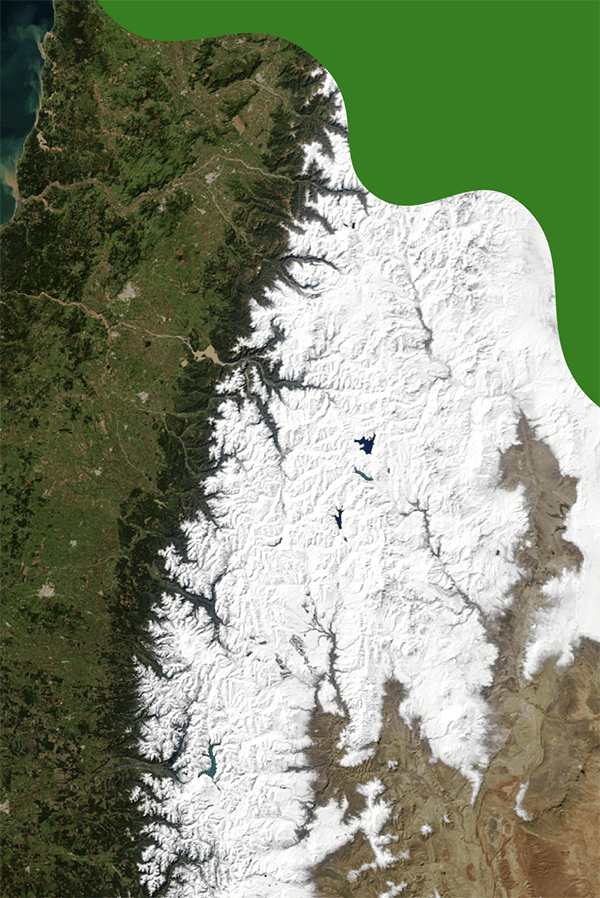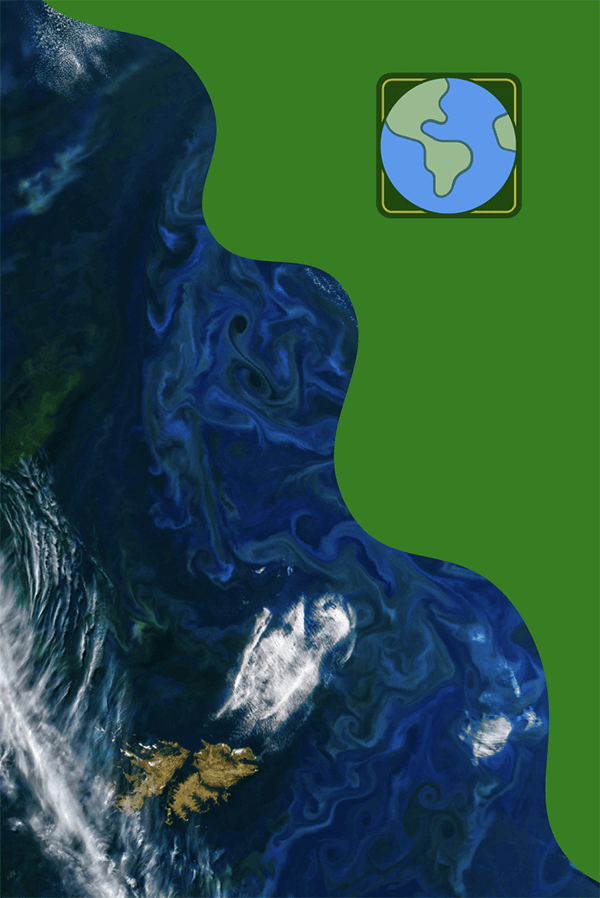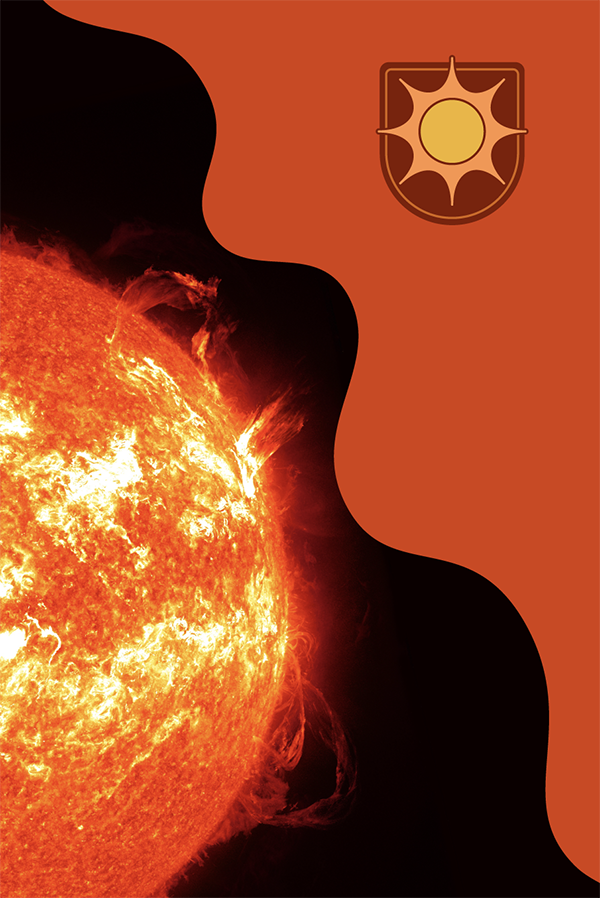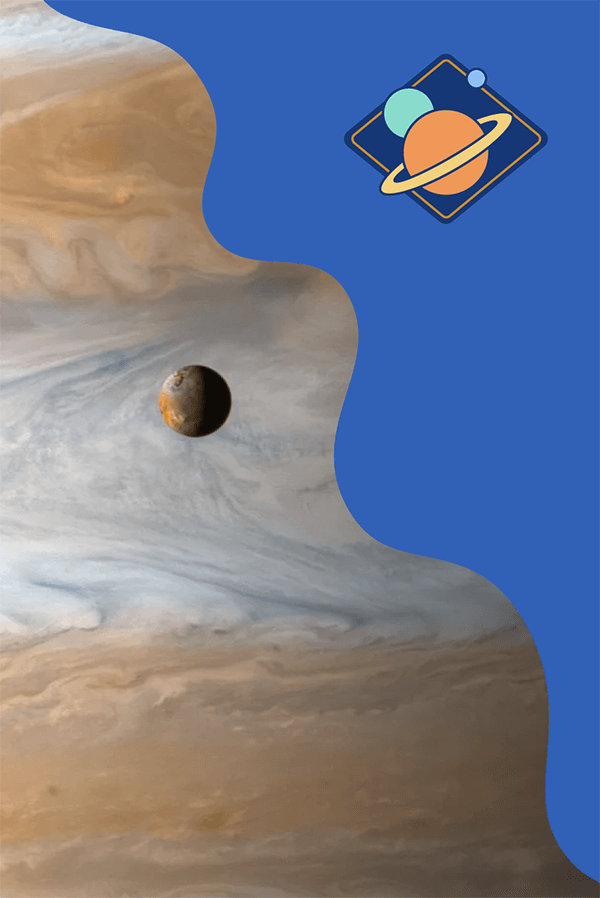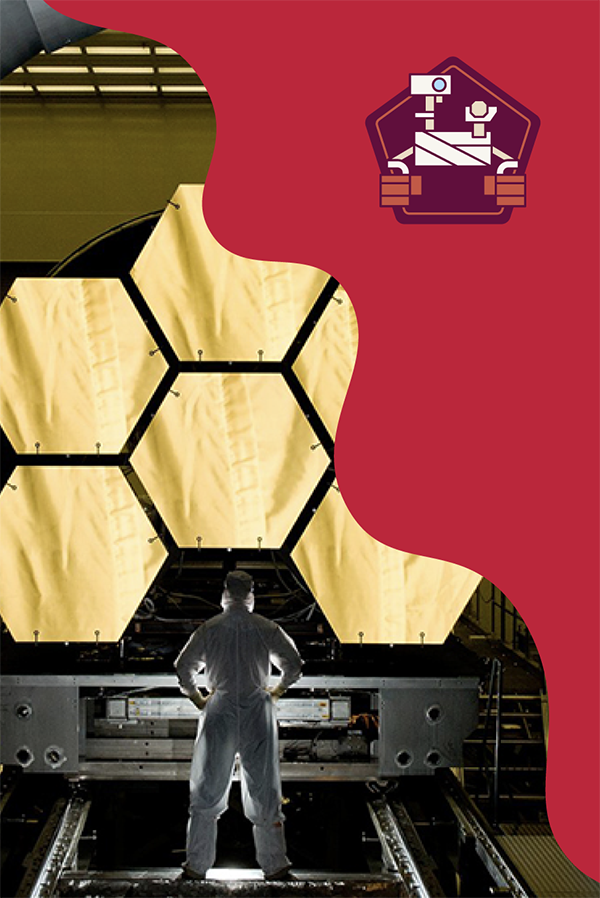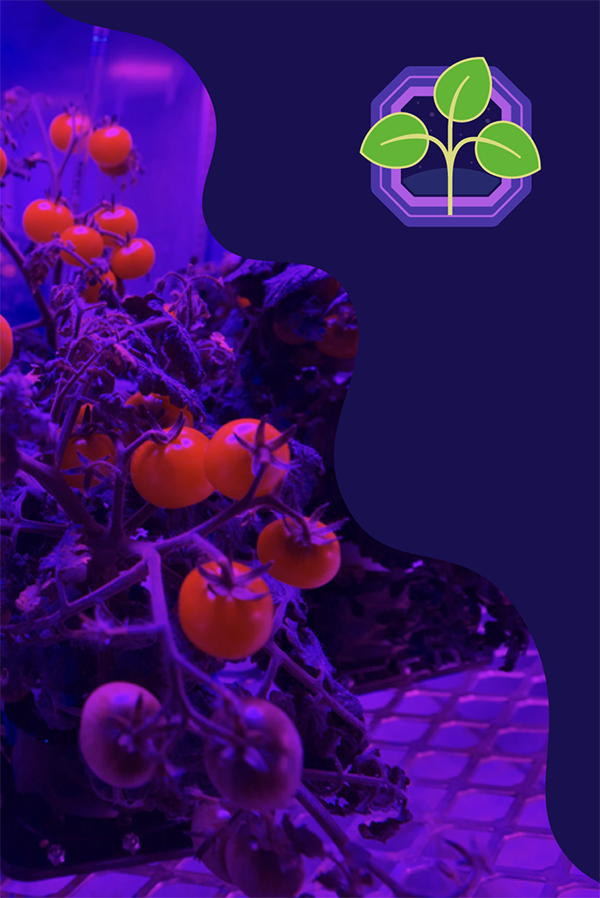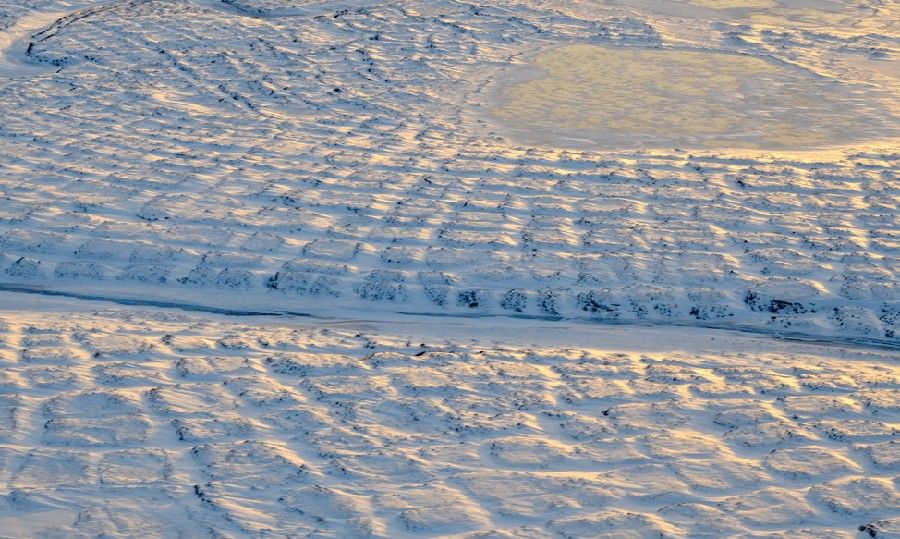

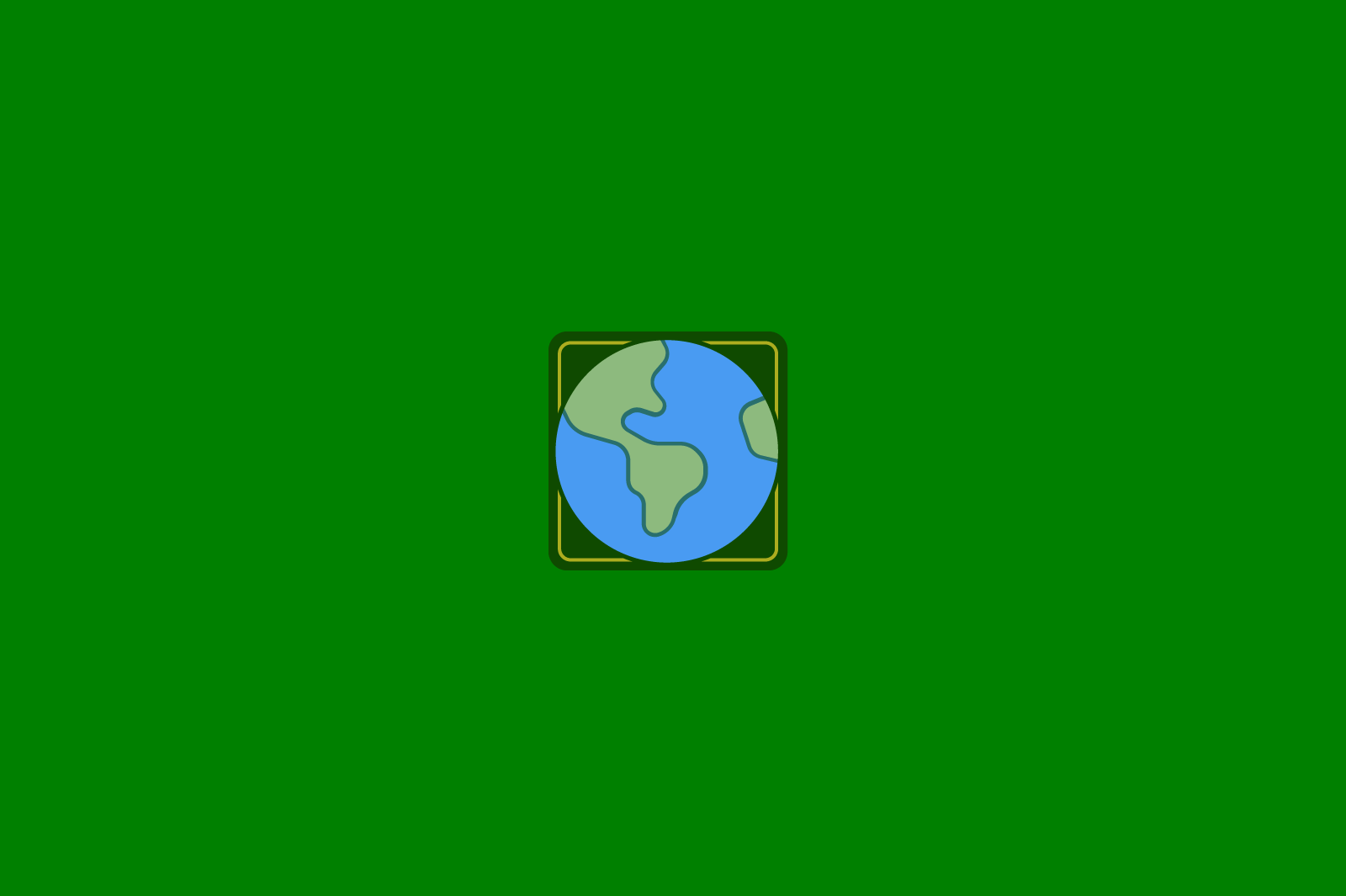
What Is Permafrost?
Permafrost is any ground that remains completely frozen — 32°F (0°C) or colder — for at least two years straight. These permanently frozen grounds are most common in cold regions. These include high mountains and in Earth’s higher latitudes — near the North and South poles.
Permafrost is any ground that remains completely frozen — 32°F (0°C) or colder — for at least two years straight. These permanently frozen grounds are most common in cold regions. These include high mountains and in Earth’s higher latitudes — near the North and South poles.
Permafrost covers large regions of Earth. Around 15% of the land area in the Northern Hemisphere has permafrost. Although the ground is frozen, permafrost regions can be snow-free in summer.
What Is Permafrost Made Of?
Permafrost is made of a combination of soil, rocks and sand that are held together by ice. The soil and ice in permafrost stay frozen all year long.
Near the surface, permafrost soils also contain large amounts of organic carbon. Organic carbon is a material left over from dead plants that couldn’t decompose, or rot away, due to the cold. Lower permafrost layers contain soils made mostly of minerals.
A layer of soil on top of permafrost does not stay frozen all year. This layer, called the active layer, thaws during the warm summer months and freezes again in the fall. In colder regions the ground rarely thaws — even in the summer. There, the active layer is very thin — only 4 to 6 inches (10 to 15 centimeters). In warmer permafrost regions, the active layer can be several meters thick.
How Is Permafrost Changing?
As Earth’s temperature warms, the permafrost is thawing. That means the ice inside the permafrost melts, leaving behind water and soil.
Thawing permafrost can have dramatic impacts on our planet and the things living on it. For example:
- Many northern villages are built on permafrost. When permafrost is frozen, it’s harder than concrete. However, thawing permafrost can destroy houses, roads, and other infrastructure as the ground shifts.
- When permafrost is frozen, plant material in the soil can’t decompose, or rot away. As permafrost thaws, microbes begin decomposing this material. This process releases greenhouse gases like carbon dioxide and methane to the atmosphere. Greenhouse gases warm the planet, which can then thaw more permafrost.
- When permafrost thaws, so do ancient bacteria and viruses in the ice and soil. These newly-unfrozen microbes could make humans and animals sick if exposed to them. Scientists have discovered microbes more than 400,000 years old in thawed permafrost.
Because of these impacts, scientists are closely monitoring Earth’s permafrost. Trying to study these vast landscapes from the ground can be difficult. So, scientists use observations from above to look at large regions of permafrost.
One example is with the Soil Moisture Active Passive, or SMAP, mission. It orbits Earth collecting information about moisture in the soil. It measures the amount of water in the top 2 inches (5 centimeters) of soil everywhere on Earth’s surface. It can also tell if the water within the soil is frozen or thawed. SMAP’s measurements help scientists track where the permafrost is thawing.



























